The Samsung Galaxy S7 & S7 Edge Review, Part 1
by Joshua Ho on March 8, 2016 9:00 AM ESTDisplay
As always, the display of any mobile device is a critical part of the overall user experience. A poor display in any way is often going to sour the entire experience.
On a personal note, there are a number of mobile devices that I’ve used over the course of the previous year that frankly just weren’t good enough for me to use as a daily driver because the display just wasn’t good enough. My laptop is quite closely calibrated to sRGB and it’s used to edit all of my device photos, so I’ve really come to appreciate a device that has sufficiently accurate color that I can actually use a phone or tablet as a reference monitor of sorts to verify that images look the way I want them to.
In order to test this critical portion of the user experience, we turn to our standard test suite which uses SpectraCal’s CalMAN 5, a custom workflow for testing basic metrics like brightness, contrast, and calibration accuracy, and X-Rite’s i1Pro2 and i1DisplayPro.
Starting off with a microscope's view of the Galaxy S7's display, it looks like Samsung has elected to keep most aspects of the display constant when comparing the Galaxy S6 and S7. At a high level, the display is the same 5.1” display size that we’ve seen for a few generations now, and the 1440p resolution is shared with previous devices. Samsung continues to use their diamond PenTile layout, but it’s hard for me to say whether there’s been an adjustment to the size of the emitters as the microscope I have on hand isn’t quite sufficient for making such measurements. It’s likely that under the hood there are changes to the display driver IC in order to enable features like Always-On Display, but as we’ll soon see it’s rather unlikely that there are any generational changes in things like the emitter material or TFT backplane.
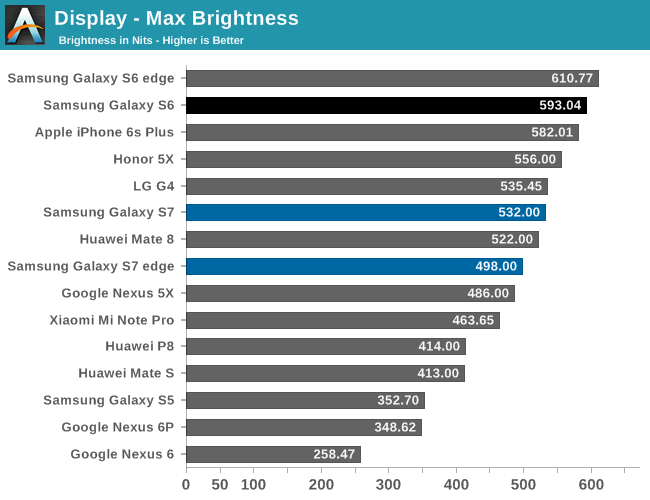
One of our first tests here is a pretty standard test of maximum luminance. Here, we see that the Galaxy S7 and S7 edge both are in the same general ballpark as the Galaxy Note5, which suggests that both devices are likely to be in the same generation of AMOLED panel. This brightness was achieved by using the auto-brightness mode, so it’s important to note that the max luminance in manual mode will be much lower. Of course, this brightness figure was determined with a full white display so reducing the APL will result in a higher maximum luminance as the power budget can we spent on fewer pixels which means that a higher duty cycle can be achieved in each pixel.
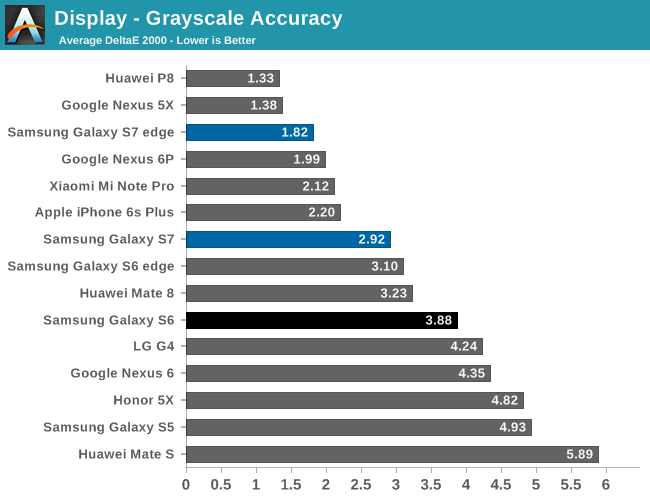
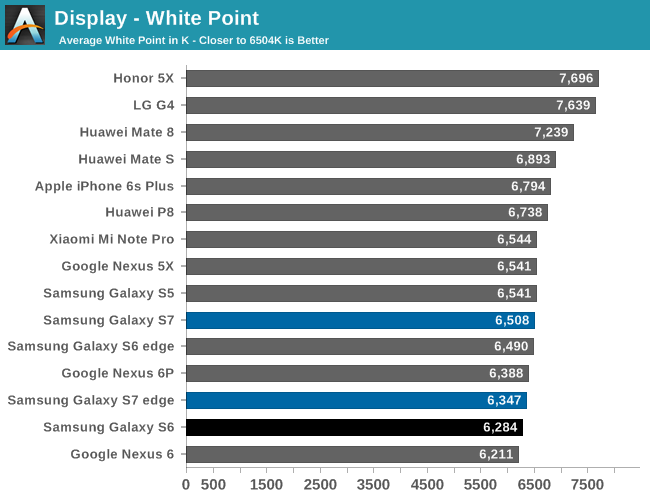
The next part of our testing is grayscale. As always, we target the industry standard of a 2.2 power gamma with 6504k white point. Relative to the Galaxy S6 and Note5, we see a pretty significant improvement in white point accuracy as it’s pretty much consistently quite close to a neutral white rather than a warmer color balance. Unfortunately though, in both review units I received the display has a noticeable green tint for many shades of grey, which seems to be somewhat of a perpetual problem with Samsung AMOLED displays. This really does affect quite a bit of the UI, as Material Design greys have this noticeable green tint to them that really makes things look off.
The same issue seems to not be present on the Galaxy S7 edge, which leads to a significant improvement overall in calibration quality for this portion of the testing, but both devices have a noticeably lower gamma than expected, which does have some effect on accuracy but for the most part can help to serve as a compensation mechanism for reflectance when dealing with ambient light. It’s likely that the green tint issue may only appear on a device to device basis, but to see that such issues haven’t been resolved for years is somewhat concerning given that phones costing hundreds of dollars less don’t seem to have the same problems.
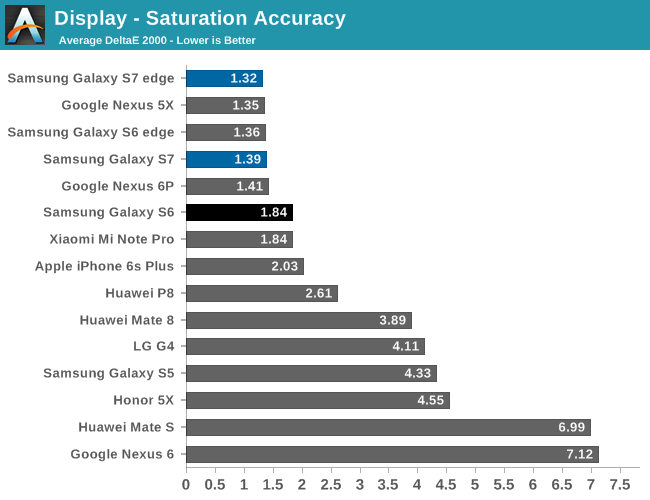
The next portion of our testing is the standard saturation sweep test. Here, the Galaxy S7 and S7 edge are basically perfect. It’s great to see that Samsung continues to provide their Basic color mode with a real focus on providing accurate color calibration for those that care about these things, and the user experience with getting to the right color calibration is pretty much as painless as it can be compared to some other devices where things like saturation curves, white balance, and other parts of a display calibration can only be adjusted using unitless sliders that basically require a spectrophotometer to actually use.

In our Gretag MacBeth ColorChecker test, we see that there are some issues with grayscale accuracy, but overall color accuracy remains quite good. In terms of overall display quality, I don’t really think there’s any meaningful improvement over the Galaxy S6, but that’s mostly because the Galaxy S6 set a ridiculously high bar for display quality.
However, I don’t believe that Samsung has run out of things to improve for future AMOLD displays. In addition to the grayscale problems mentioned earlier, Samsung clearly has not resolved issues with color shifting that occurs with viewing angle changes. LCDs definitely have more luminance degradation as you move away from the normal of the display plane, but at almost every angle change I can see whites get noticeably colder and interference patterns, in addition to a general color shift that is noticeably more than most LCDs used in high end smartphones and tablets. It’s obvious that this is a hard problem to solve due to uneven subpixel aging, but for things like tablets, laptops, and desktops color shifting is going to be a much more significant issue.


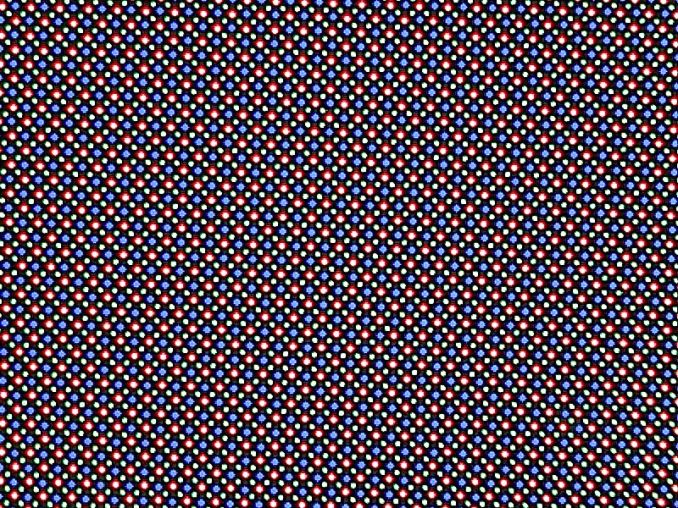

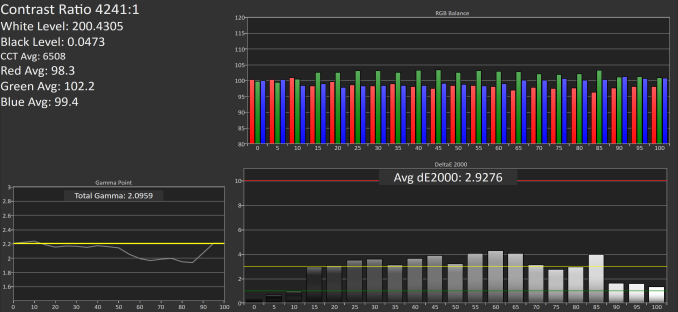


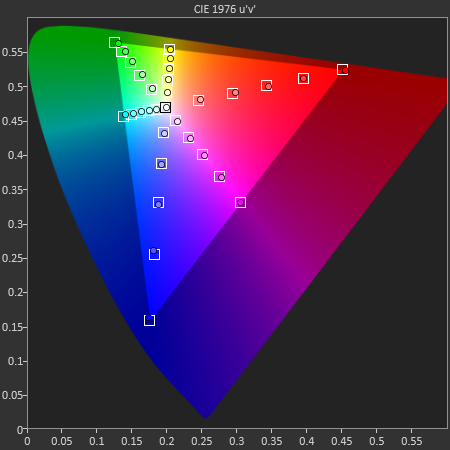
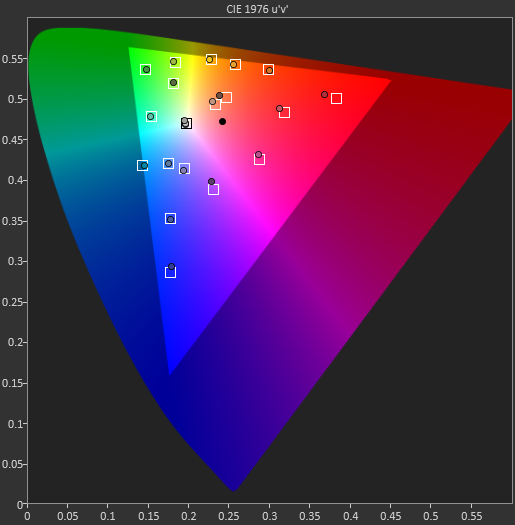
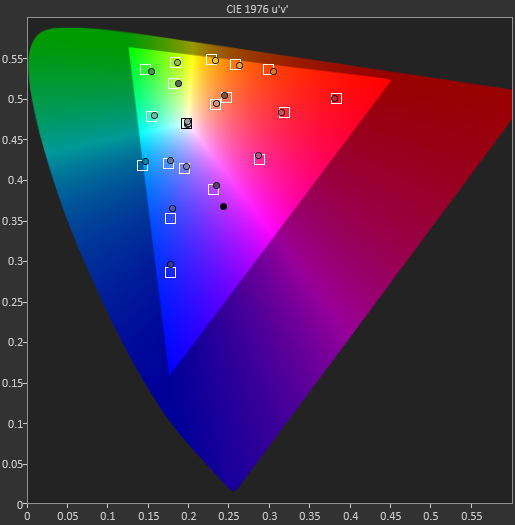








202 Comments
View All Comments
lilmoe - Thursday, March 10, 2016 - link
+ resolution+ drivers
+ software/engine
+ thermal headroom
+ etc, etc, etc.....
theduckofdeath - Tuesday, March 8, 2016 - link
If it's that trivial to make a faster GPU, I'm pretty sure Apple would have gotten a faster GPU in their phones. Faster GPU's in mobile, where battery life is really relevant is probably the trickiest part to succeed with. As you said, it basically requires you to add a ton of extra cores to make it noticeable for whichever hardware platform you're doing it on. GPU's are after all the biggest power consumers in tech these days. doubling the size of the Apple GPU would literally wreck the iPhone battery life, which I'm pretty sure you're also aware of yourself. They did after all gimp the GPU on the iPhone compared to the iPad for this exact reason.tuxRoller - Tuesday, March 8, 2016 - link
Do you mean Apple vs adreno or PVR vs adreno?I'd expect PVR to always be the most efficient GPU due to being a true tbdr.
http://blog.imgtec.com/powervr/a-look-at-the-power...
realbabilu - Wednesday, March 9, 2016 - link
You forgot the user experience. Throwing 30 fps onscreen is the minimum requirement, no need higher than that, unless Apple follows the resolution war.Apple always resolution fan in their macs, but they still think that crazy resolution is not needed, I think still true.
ciderrules - Tuesday, March 8, 2016 - link
Looks like Qualcomm spent their time creating a quality core instead of just adding more cores. Half the cores of the 8890 and by all accounts at least as fast (CPU, not GPU where it's quicker).I just wish you did a series of tests to check throttling.
tipoo - Tuesday, March 8, 2016 - link
He said part 2tuxRoller - Tuesday, March 8, 2016 - link
XDA already did a throttling test with a bunch of phones (6s, note 5, Nexus 6p, s7, etc). The results were that there was no throttling for the s7.retrospooty - Tuesday, March 8, 2016 - link
Nice... Mine is on pre-order now. I almost cant believe Samsung finally got it together and started making better devices with better build quality and bigger batteries and much less bloat, but I am very happy they did.anactoraaron - Tuesday, March 8, 2016 - link
The lack of an IR blaster is the only thing holding me back from buying the s7 edge. I use the IR blaster every day on my G4, and I assume everyone with young kids would as well. Remotes just seem to always be missing...Speedfriend - Tuesday, March 8, 2016 - link
No IR blaster!!!!! Samsung have just lost me as a customer. It is one of the best features of my S6.